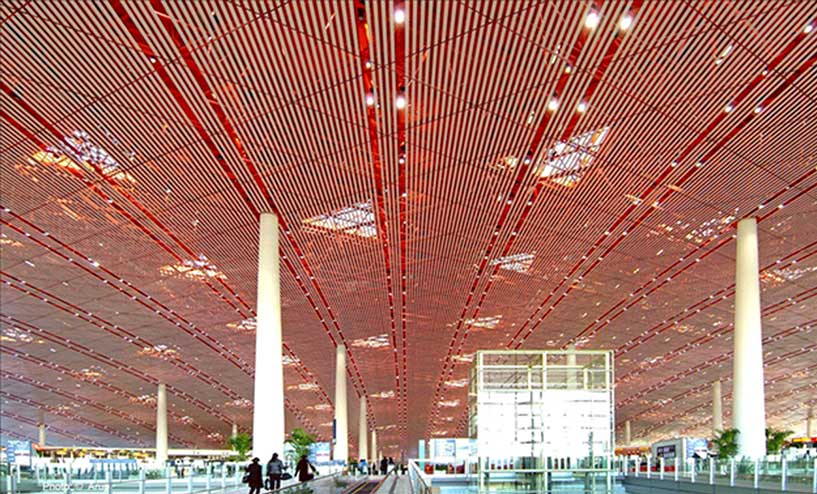With the number of airline passengers expected to exceed 6 billion by 2030, the aviation industry faces challenges to its growth on many fronts, among them security, sustainability, infrastructure, and financial issues. Arup, a leader in interdisciplinary engineering, consulting, and design services in the built environment, has recently released a research report, Future of Air Travel, which outlines a bold response to manage this reality, which is only predicted to get more complex.
"We are on the cusp of a transformational change in technology that could revolutionize the entire travel experience" said Susan Baer, Arup Global Aviation Business Leader.

By identifying new ideas and opportunities within the ever-changing world of aviation, Future of Air Travel provides an intriguing look ahead. The report examines key elements that are vital to renewing the industry, and offers innovative design solutions that aim to improve the passenger experience.
Taoyuan International Airport Terminal 3 – Designed by Rogers Stirk Harbour + Partners, ARUP, CECI and FCA – An impressive wave-like roof with a dynamic ceiling creates a series of unique interior space designed for different purposes.

An end-to end personalized travel experience
Imagine being able to check in with a single touch – your fingerprint. Imagine never having to drag your bags to the airport again, rather having them picked up from home and delivered to your door at your destination. And imagine being able to monitor it all from your smartphone. These are the sorts of things Smart City grid means to us.
Passenger screening
Risk-based screening would all-but eliminate the passenger screening checkpoint as we know it today, freeing up resources and space in the airport terminal and making the process less intrusive for passengers.
Beijing Capital International Airport Terminal 3 – Designed by Foster and Partners, NACO, Arup and Beijing Institute of Architectural Design
Smarter passenger terminals
The passenger terminal will be more dynamic and efficient. By consolidating functions such as flight check-in, customs, and screening, the layout of passenger terminals can be condensed into more operationally flexible footprints, eliminating extended, multi-stop treks from ticketing counter to departure gate.
Baggage check-in re-imagined
Imagine checked bags travelling on their own. Smart-suitcase technology will free travellers from hauling luggage to and through airports. From a remote drop-off location, bags will be automatically routed to destinations, reducing on-site airport baggage handling systems.
To explore even more thoughts, view the full Future of Air Travel report
The report is based on conferences held in San Francisco and Istanbul that were attended by thought-leaders from the aviation field and beyond: operators, planners, developers, engineers, economists, and technologists. Arup, a major force in designing for aviation, convened the forums to help build a detailed understanding of the diverse influences shaping the future of air travel across socio-cultural, technological, economic, environmental, and political domains.




